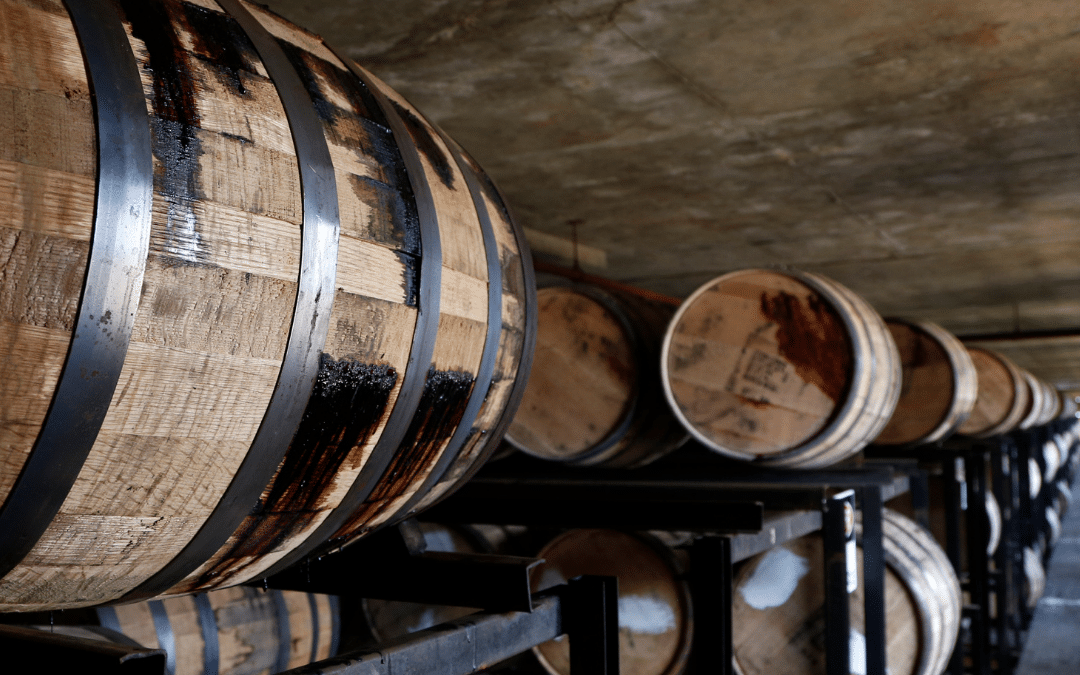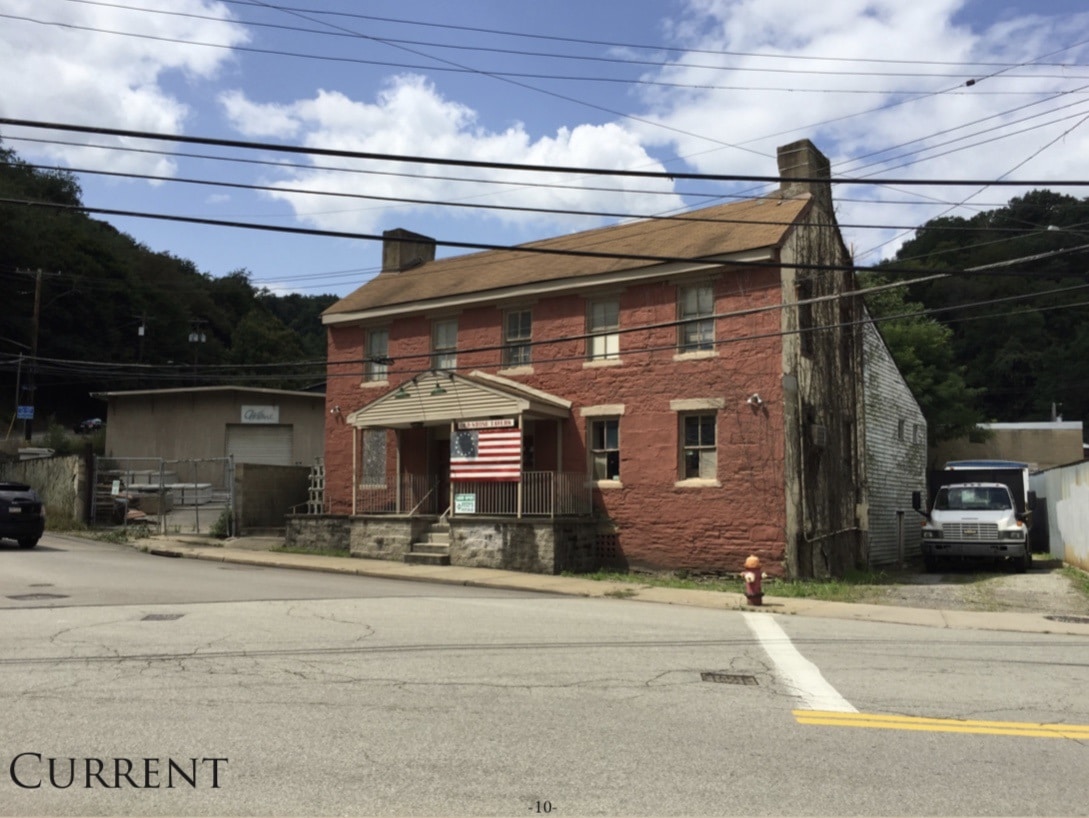Whiskey Wisdom: How Long Does Whiskey Last, and Can You Improve Its Shelf Life?
Whiskey enthusiasts often find themselves pondering the age-old question: How long does whiskey last? Whether you’re a collector of fine spirits or simply enjoy the occasional dram, understanding the shelf life of whiskey is essential for preserving its quality and flavor. In this blog, we’ll delve into the factors that influence the longevity of whiskey and explore ways to enhance its shelf life.
Before we dive in, we wanted to share an interesting article from Whisky Advocate, shedding light on the science behind whiskey aging.
Factors Affecting Whiskey’s Shelf Life
The shelf life of whiskey can vary significantly depending on several key factors. It’s essential to consider these factors to ensure your whiskey remains enjoyable for years to come.
-
Type of Whiskey: Different types of whiskey, such as Scotch, Bourbon, and Rye, have varying aging characteristics. Scotch whiskey, for example, tends to age more slowly due to Scotland’s cooler climate, while Bourbon matures more rapidly in Kentucky’s hot summers.
-
Quality of the Seal: The integrity of the bottle’s seal is crucial. Whiskey exposed to air can deteriorate more quickly. Look for bottles with high-quality corks or stoppers to maintain a tight seal.
-
Storage Conditions: Where and how you store your whiskey plays a significant role in its longevity. Whiskey should be kept upright in a cool, dark place away from direct sunlight and temperature fluctuations.
-
Bottle Size: Smaller bottles tend to age more rapidly than larger ones due to the increased surface area exposed to oxygen. Miniature bottles, often used for sampling, may show signs of aging sooner.
Storing Whiskey for Optimal Shelf Life
Proper storage of whiskey is vital for preserving its flavor and quality over time. To ensure your whiskey remains fresh, follow these key guidelines. Firstly, store your whiskey bottles upright, as this prevents the cork from drying out and maintains an effective seal. Unlike wine, whiskey doesn’t benefit from cork contact. Secondly, control the temperature of your storage environment, aiming for a consistent range between 60°F and 70°F (15°C – 21°C) to avoid temperature fluctuations that can negatively impact your whiskey. Additionally, protect your whiskey from sunlight or strong artificial light, as UV rays can lead to flavor degradation. Dark glass bottles are designed to shield the contents from light exposure. Lastly, periodically inspect the seal of your whiskey bottle. If you notice any signs of damage or deterioration, consider transferring the whiskey to a smaller, airtight container to prolong its shelf life.
Does Whiskey Improve with Age?
Now that we’ve covered the basics of whiskey storage, let’s address a common misconception: does whiskey improve with age? While aging is an integral part of whiskey production, it doesn’t necessarily mean that older is always better.
- Aging in Barrels: Whiskey undergoes aging in wooden barrels, typically oak. During this process, the spirit interacts with the wood, which contributes to its flavor, color, and aroma. However, this interaction can reach a point of diminishing returns. Not all whiskeys benefit from extended aging, and some may even become over-oaked, resulting in undesirable flavors.
- The Sweet Spot: Many distillers believe there’s a “sweet spot” for aging, where the whiskey reaches its peak flavor profile. This period varies depending on the type of whiskey and the distillery’s techniques. It can range from 6 to 12 years for some whiskeys.
- Blending and Expertise: Whiskey makers often blend different aged spirits to achieve a balanced and complex flavor profile. The expertise of the master blender plays a crucial role in creating exceptional whiskey. It’s not solely about the age of the whiskey but also how various components are harmonized.
- Personal Preference: Whiskey aging is subjective, and personal preference plays a significant role. Some enthusiasts prefer the boldness of young whiskey, while others savor the complexity of aged expressions. Ultimately, the best whiskey for you depends on your taste.
Conclusion: Savoring the Whiskey Journey
In the world of whiskey, understanding the shelf life and aging process is a journey that adds depth to your appreciation of this beloved spirit. While it’s essential to know how to store your whiskey to maintain its quality, it’s equally important to dispel the myth that older always means better.
Ultimately, the best whiskey is the one that suits your palate. Whether you prefer the vibrancy of youth or the depth of aged expressions, whiskey offers a diverse range of choices to explore and enjoy. Just remember to store your bottles upright, in a cool, dark place, away from sunlight and temperature fluctuations. Periodically check the bottle seal to ensure its integrity.
As you embark on your whiskey journey, why not deepen your appreciation by exploring the rich history and heritage of American whiskey? Embark on a journey through the Whiskey Rebellion Trail, a unique experience that immerses you in the historical saga of whiskey in America.



